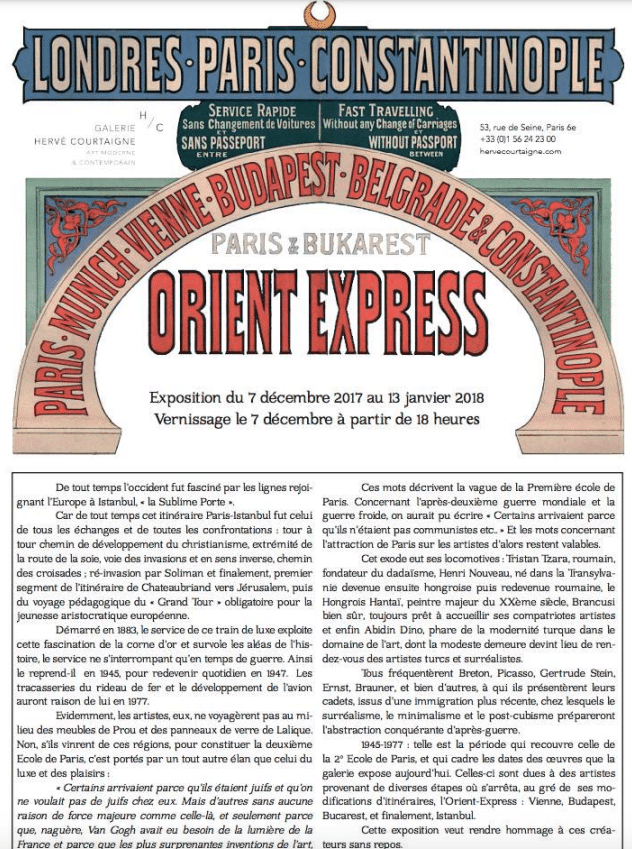Orhon MÜBIN (Istanbul, 1924 – Paris, 1981)
Orhon Mübin was born in 1924 in Istanbul. After studying Political Science in Istanbul, Orhon Mubin arrived in Paris in 1948 to study Economics at the Sorbonne. Thanks to his friend and artist Selim Turan, he discovered the Parisian post-war art scene, and developed an interest in painting. He then took drawing courses, notably at the Académie de la Grande Chaumière in Paris until 1954. It was during this period that he met and became friends with artists such as Serge Poliakoff, Jean Messagier and Jean-Michel Atlan.
He was invited to participate in the Salon des Réalités Nouvelles in 1953, as well as the Salon de Mai in 1956 and 1957. His research brought him closer to the Informal Art movement and particularly to Lyrical Abstraction, capable of responding to his aspirations of spontaneity and emotion.
In 1956, in Paris, he organized his first solo exhibition at the Galerie Iris Clert. He then held international exhibitions, notably in Milan and Glasgow, Turkey, the United States and in Sao Paulo. During the following years, he exhibited in the Lucien Durand Gallery as well as in the Daniel Gervis Gallery. He could also count on the support of his collector friends, such as Lady Lisa and Sir Robert Sainsbury, whom he met in 1959 during one of his exhibitions. They bought works from him in order to exhibit them at the Sainsbury Centre for Visual Arts in Norwich, England.
Between 1964 and 1973, he returned to Turkey, where he had to perform his military service. He continued to exhibit his works there, before returning to settle permanently in Paris, where he died in 1981 at the age of 57.
Again for this artist, colour plays an essential role in the emotional dimension of the work. His production is marked by lively, dynamic and complex compositions. However, he also developed more tranquil and monochromatic compositions, which reflect a certain serenity inherited from Eastern philosophy and mysticism. He explored colour and its tones through compositions marked by depth and contrast, as well as angular and intertwined forms.


